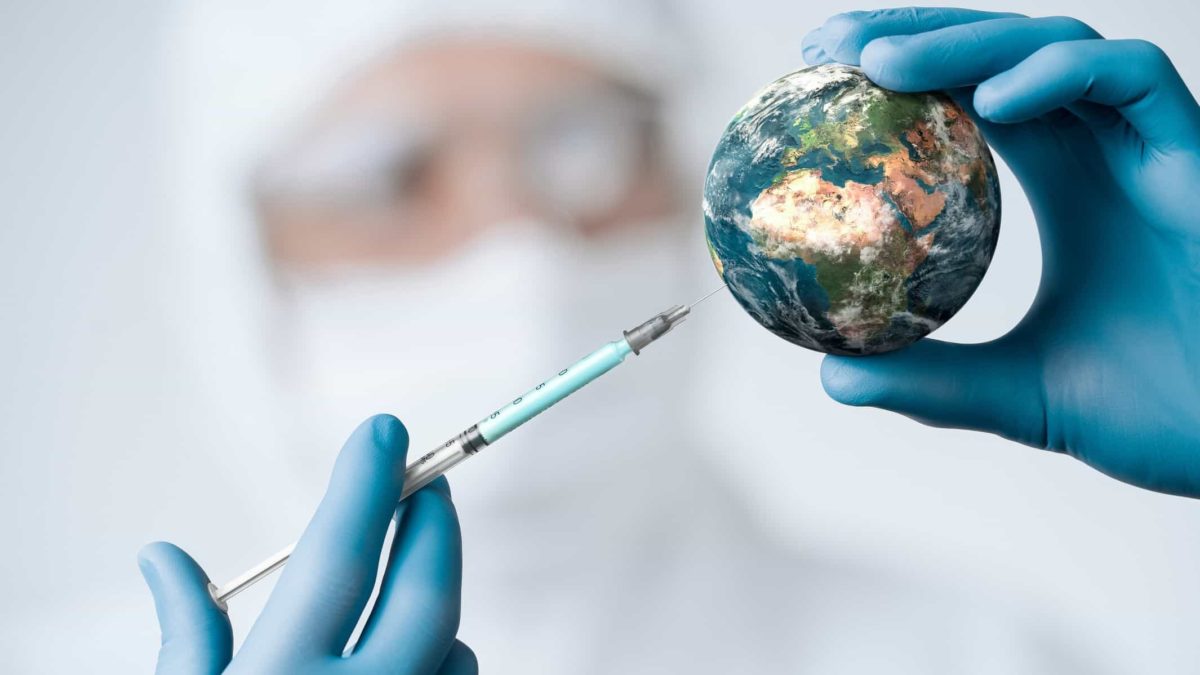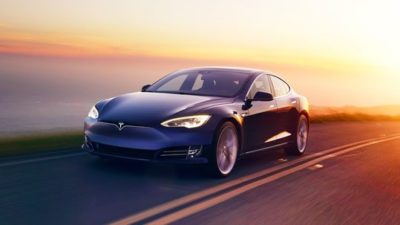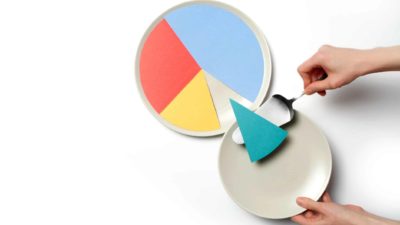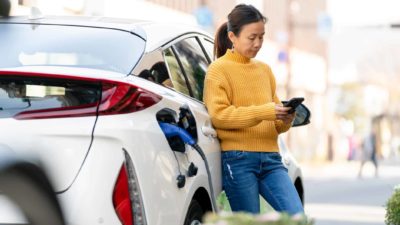This article was originally published on Fool.com. All figures quoted in US dollars unless otherwise stated.
In the last three weeks, the world has let out a collective sigh of relief on positive news from coronavirus vaccine trials reported by Pfizer (NYSE: PFE) and partner BioNTech (NASDAQ: BNTX), Moderna (NASDAQ: MRNA), and AstraZeneca (NASDAQ: AZN). But while the market cheered more than 90% efficacy of the first two vaccine candidates, the results from AstraZeneca's clinical trials were met with more of a shrug. Despite the market's reaction, I think investors have more to be excited about from the potential AstraZeneca vaccine than its efficacy data suggests.
When effectiveness isn't really effectiveness
With so many vaccines under development – the New York Times' Coronavirus Vaccine Tracker lists 74 in clinical trials or approved for limited use – it can be difficult to understand what might make any one vaccine better than the others. One clear way is knowing how effective they are at preventing the disease. But as it turns out, even that can be a little misleading.
AstraZeneca and the University of Oxford's recent announcement that their vaccine candidate had 70% overall effectiveness at preventing COVID-19 requires a little more digging. This number was generated from two arms of the vaccine trial, one that received two full doses of the vaccine a month apart, and one that initially received only a half dose. When reviewing each arm separately, it's clear the cohort who received only half a dose initially demonstrated 90% effectiveness. That's not too different from Moderna and Pfizer's candidates, which showed 94.5% and 95% efficacy, respectively.
Although the difference in efficacy could disappear with more data collection, researchers have at least two theories about why a smaller initial dose might have led to better prevention rates. First, the lower initial dose of the vaccine might just do a better job at stimulating the immune cells that create antibodies. Another theory is that the vaccine triggers an immune response to both SARS-CoV-2 and the adenovirus used to deliver the vaccine into cells. If the vaccine causes a response to the very virus used to deliver it, cutting the initial dose in half could actually allow more of the vaccine to make it into cells. This explanation is also supported by non-COVID-19 research in mice, in which a lower initial dose of a vaccine better established the memory immune cells needed when the second dose was delivered.
Why effectiveness is not the most important factor
So far the vaccines that have reported results have shown remarkable effectiveness. After all, even the arm of the AstraZeneca trial that showed poorer results demonstrated 62% effectiveness – better than most years' versions of the flu vaccine, which range from 40% to 60% efficacy. Once you have a vaccine that is reasonably effective, other factors contribute much more to how many people end up getting vaccinated, and whether a disease can be eventually slowed or even stopped.
How easy a drug is to manufacture and distribute, whether it causes side effects, and how it affects different groups of people are all considerations that can leave a scientific marvel stuck in the lab – or turn a drug that breaks no new ground into a widely adopted standard. Unlike the gene-based vaccines from the Pfizer-BioNTech partnership or Moderna, the AstraZeneca vaccine relies on the chimpanzee adenovirus. The former two vaccines are based on synthetic messenger RNA (mRNA) technology that has never once been used in an FDA-approved drug. The use of chimpanzee adenovirus by AstraZeneca was first published in 1984 and is now widely used as a way to deliver medicines.
Another key element is transmission. While neither the Pfizer nor the Moderna vaccine was evaluated for the ability to limit transmission – only those with symptoms were tested – participants in the AstraZeneca trial routinely swabbed themselves whether they had symptoms or not. The data collected leads researchers to believe that the vaccine does indeed prevent transmission of COVID-19, even from those who are not showing any symptoms. Furthermore, not only did the vaccine protect people of all ages, it generated the same amount of antibodies in participants whether they were young or old – a great sign, because the disease often takes its most severe toll on the elderly. AstraZeneca also reported no serious illnesses in the 23,000 trial participants.
The logistical challenges of manufacturing and transporting millions of doses of a vaccine might end up being the difference between a cool scientific breakthrough and ending the pandemic. While Pfizer's vaccine must be stored at negative 94 degrees Fahrenheit – requiring a special case and dry ice to be transported – the AstraZeneca vaccine can be stored at normal refrigeration temperatures. This is even an advantage over the Moderna vaccine, which can be housed for a month at normal refrigeration temperatures but requires negative 4 degrees Fahrenheit for longer storage. Most countries either do not have the "cold-chain" capabilities to store these vaccines for very long, or their capacity is extremely limited.
The most important reasons to be excited
It may seem like all of these reasons are enough to be excited about the AstraZeneca vaccine, but I haven't even gotten to the best parts: cost and production. While Pfizer and Moderna have agreements in place for vaccines in the range of $20 to $40 per dose, AstraZeneca has pledged not to make a profit during the pandemic. Its price, around $2.50 per dose, coupled with the less-stringent refrigeration requirements, will make vaccination much easier in countries without a wide social safety net or relatively rich population. That may not seem as important if you are sitting in front of a computer in the Western world, but in the words of one public health expert at the University of Oxford, "no one is safe until everyone is safe."
Unlike Pfizer and Moderna, which together think they will produce enough doses for 20 million people by the end of the year, AstraZeneca plans to have 200 million doses ready by the end of 2020, 700 million by the end of the March 2021, and as many as 3 billion doses through next year. Of all the reasons to be excited about the AstraZeneca vaccine, this is my absolute favorite: production. This rate will be enough to more than satisfy the big pharma company's agreement with the US for 300 million doses and Europe for 400 million. It isn't clear how many doses will initially be available for Europe and the US, but ending the pandemic will mean getting a vaccine to as many people as possible. From what I can tell, AstraZeneca just took the largest leap toward that goal, despite the lackluster market reaction.
This article was originally published on Fool.com. All figures quoted in US dollars unless otherwise stated.









